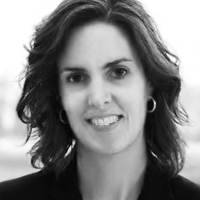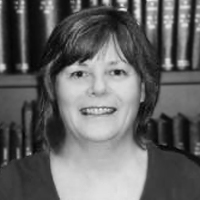Question
What modifications to the procedures, if any, need to be made when the earmold has a vent?
Answer
For many pediatric hearing aid fittings, the earmold will be too small to accommodate a vent. However, a vent larger than about 1 mm will affect the low frequency region (i.e. negative values). There are two stages in the fitting process where venting can have an affect. In the assessment stage, when conducting audiometry or measuring an RECD with a vented earmold, the vent should be plugged on the medial end. A fully occluded ear canal will ensure that the behavioral thresholds and RECD values are accurately represented at 250 and 500 Hz. This will ensure accurate conversion from HL to SPL for the purposes of calculating the hearing aid prescription.
In the verification stage, the effects of the vent cannot be fully accounted for unless the performance of the hearing aid is measured in the real-ear. With many pediatric patients, coupler-based or predicted real-ear measurements are the preferred method for verification. With this strategy, the impact of the vent will not be completely accounted for. Attaching the earmold to the BTE and coupling it to the HA-1 coupler for predicted verification is a way to account for some of the impact of the vent. However, it may be a challenge to securely attach a soft earmold to putty. Therefore, when fitting a hearing aid with a vented earmold, some error will be introduced in the low-frequency region until more appropriate procedures are developed.
This Ask The Expert Question was taken from an article previous published on Audiology Online entitled, "Learning the Art to Apply the Science: Common Questions Related to Pediatric Hearing Instrument Fitting". See Bagatto and Moodie (2007) for additional information.
References:
Bagatto, M., Moodie, S., (2007, October 8). Learning the Art to Apply the Science: Common Questions Related to Pediatric Hearing Instrument Fitting. Audiology Online, Article 1886. Accessed from the Article Archives from www.audiologyonline.com/articles
Marlene Bagatto, Au.D., is a Research Associate and Sheila T. F. Moodie, M.Cl.Sc., is a Research Audiologist at the National Centre for Audiology at the University of Western Ontario in London, Ontario, Canada.


